A Guide to Preservation in Cosmetics: Unlocking the Secrets Behind Freshness
Ever wonder what keeps your favorite lotions, creams, and potions fresh and fabulous? Let's embark on an enchanting journey into the world of cosmetic preservation! Imagine tiny guardians within your skincare products, tirelessly working to fend off pesky invaders like bacteria, yeast, and mold. These protectors—known as preservatives—ensure your beloved beauty essentials stay effective and safe. But what exactly are these mystical substances, and why are they so crucial for our daily routines? Join me as we dive into the spellbinding science of preservation and uncover the secrets that keep our cosmetics enchanting!
What is a preservative and what does it do?
Preservatives are by definition, substances of natural or synthetic origin that act to inhibit the growth of microorganisms. They can also possess antioxidant effects to prevent product spoilage, ensuring your cosmetics remain delightful and effective for their entire shelf life.
The Dual Nature of Preservation
Cosmetics can go bad in two main ways: spoilage and oxidation. Spoilage occurs due to an overgrowth of microbes like bacteria, yeast, or fungi, while oxidation changes the color, scent, and chemical composition of products. Preservatives may work by adjusting pH or water activity to prevent these pesky problems.
Cosmetic formulation
Types of Preservatives
Antimicrobial Preservatives
These preservatives fend off unwanted microbes, ensuring your products remain fresh and safe.
Antioxidant Preservatives
These guardians prevent oxidation, keeping your products vibrant and effective.
Other ways to preserve cosmetics
Lower water activity
Microbes, just like us, need water to survive. By lowering what's known as water activity we create an environment unsuitable for microbial growth. Water activity is exactly what it sounds like, a measure of how active water is at supporting microbial life. Typically when creating a cosmetic product you are looking for a water activity value of 0.8 or below. This can be achieved using salts, hydrocolloids, polyols (like sorbitol and ethoxydiglycol), amino acids, and other agents.
Emulsions
Mixing oil and water in an emulsion is another way to preserve your cosmetics. The smaller the emulsion droplets the more antimicrobial action is seen.
pH Control
Microbes have a sweet spot for growth, typically between pH 5 and 8. Keeping your product’s pH outside this range—either below 4 or above 10—helps prevent spoilage.
The safest preservatives: alternatives to parabens
Parabens for a long time, were the go to preservatives in most of our products. Nowadays we understand the negative effect they can have on our health. People often want to avoid parabens in cosmetics because they are known to mimic estrogen, which can lead to hormonal imbalances. Some studies suggest that parabens may be linked to reproductive issues and even breast cancer. Additionally, parabens can easily penetrate the skin and enter the bloodstream, raising concerns about their long-term health effects.
Powdered preservative
Organic Acids
These water-soluble preservatives lower pH to inhibit microbial growth. These are extremely common preservatives but are usually used in conjunction with another preservative to increase their effectiveness. Common examples include:
Sorbic Acid: Effective against yeasts, molds, and some bacteria, commonly used in creams, lotions, and other water-containing products.
Citric Acid: Acts as a chelating agent and preservative, enhancing the effectiveness of other preservatives and providing antioxidant properties.
Benzoic Acid: Effective against yeast and mold, often used in combination with other preservatives to increase its efficacy.
Propionic Acid: Used to prevent the growth of mold and some bacteria, commonly found in products like shampoos and conditioners.
Salicylic Acid: Besides its exfoliating properties, it also has antimicrobial effects, making it useful in acne treatment products.
Formic Acid: Has antimicrobial properties and is used in combination with other preservatives to enhance their effectiveness.
More than just preservatives
You may have noticed a couple of these organic acids are actually powerful cosmetic ingredients that you have probably used before! Their preserving qualities are in part due to these sought after effects. Take salicylic acid, a common ingredient in acne treatments. Just like it preserves the product from microbial contamination, it does the same to your skin, preventing the spread of acne bacteria!
Alcohols and phenols
These compounds, known for their antibacterial activity, are defined by their hydroxyl group with phenols also containing a carbon ring. Parabens are of this variety but many alternatives exist with the same effectiveness including:
Benzyl Alcohol: Widely used for its antimicrobial properties.
Phenoxyethanol: Often used in products for sensitive skin due to its gentle nature.
Phenoxypropanol: Acts as a broad-spectrum preservative in cosmetics, preventing the growth of bacteria, yeast, and mold
Isopropyl Alcohol: Commonly used in hand sanitizers and some cosmetics for its disinfectant properties.
Dichlorobenzyl alcohol: An antimicrobial preservative that disrupts the cell walls of microorganisms to prevent their growth.
Quaternary Ammonium Compounds (QAC)
These powerful preservatives may sound intimidating, but they are common in cosmetics. I guarantee you have encountered them before! QACs are cationic surfactants with antimicrobial properties. Their effectiveness depends on their structure, with optimal activity at specific chain lengths. Common QACs include:
Behentrimonium chloride: A conditioning agent and preservative in hair care products, helping to detangle, soften, and reduce static.
Benzalkonium Chloride: Often used as an antimicrobial agent and preservative.
Cetrimonium Chloride: Commonly found in hair conditioners and shampoos for its conditioning properties.
Stearalkonium Chloride: Used in hair care products for its conditioning and antistatic effects.
Cetrimonium Bromide: Similar to cetrimonium chloride, used in hair care products.
Cetylpyridinium Chloride: Used in oral care products for its antimicrobial properties.
And there you have it—a journey through the magical world of cosmetic preservation! Our tiny guardians, the preservatives, work tirelessly behind the scenes, ensuring your products remain as enchanting as the day you first opened them. By understanding the vital role these protectors play, from fending off microbes to preventing oxidation, we can appreciate the science that keeps our beauty essentials fresh and fabulous.
Whether you're embracing organic acids, harnessing the power of alcohols and phenols, or exploring the wonders of quaternary ammonium compounds, each type of preservative has its unique charm and purpose. As you continue your skincare adventures, remember the invisible protectors that keep your products safe, effective, and ready to bring a touch of magic to your daily routine.
Happy preserving, and may your cosmetic creations be ever radiant and delightful!


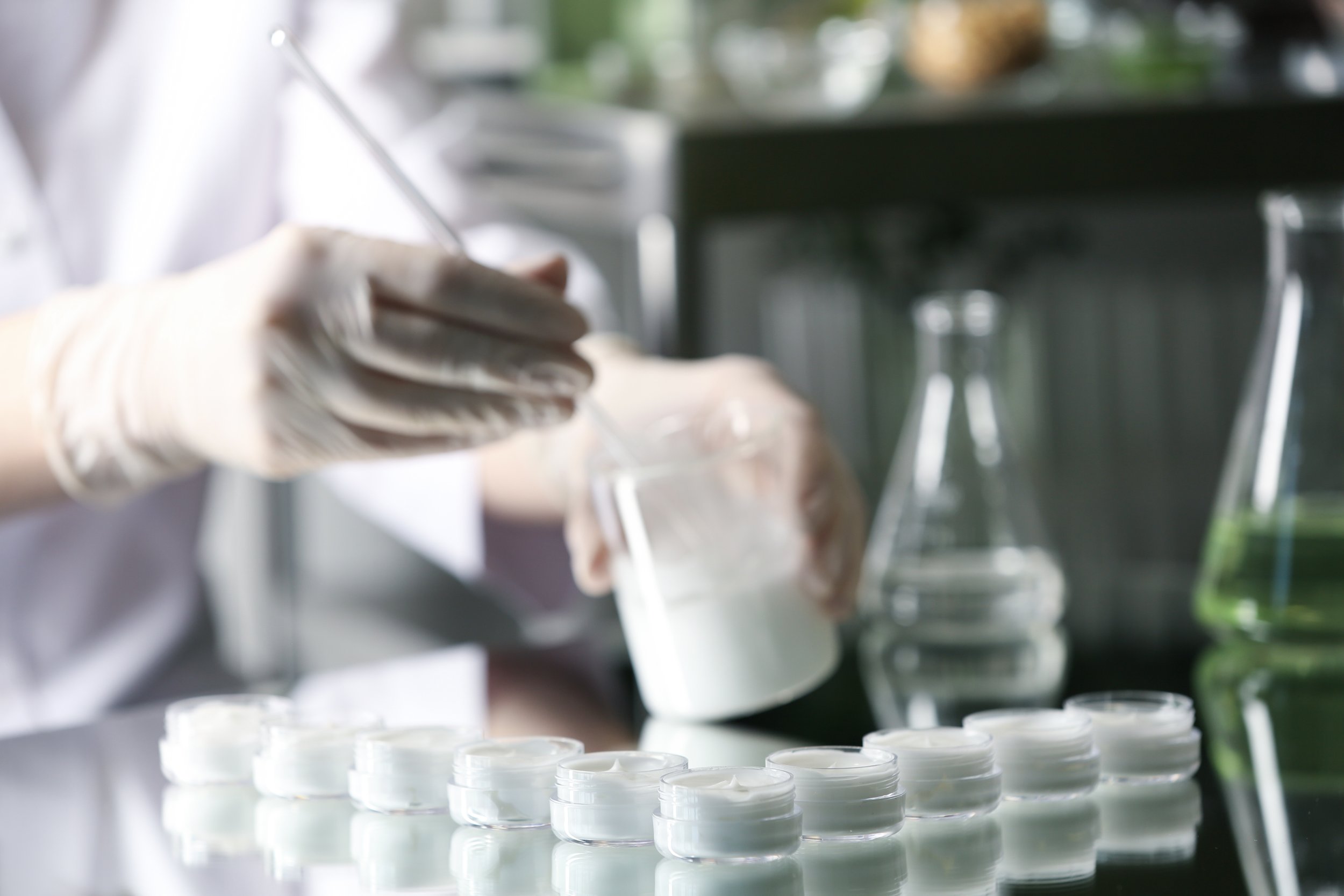


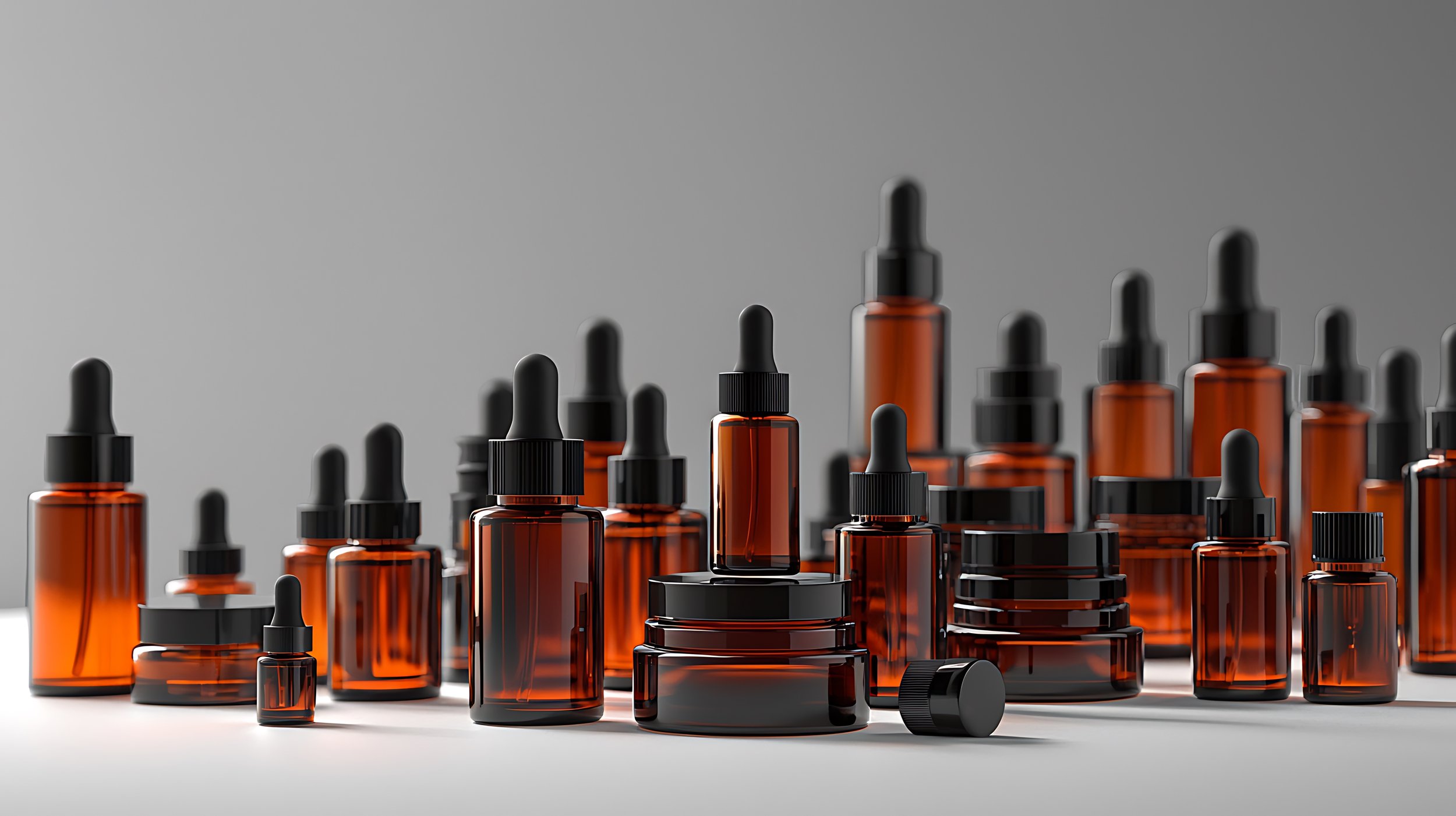






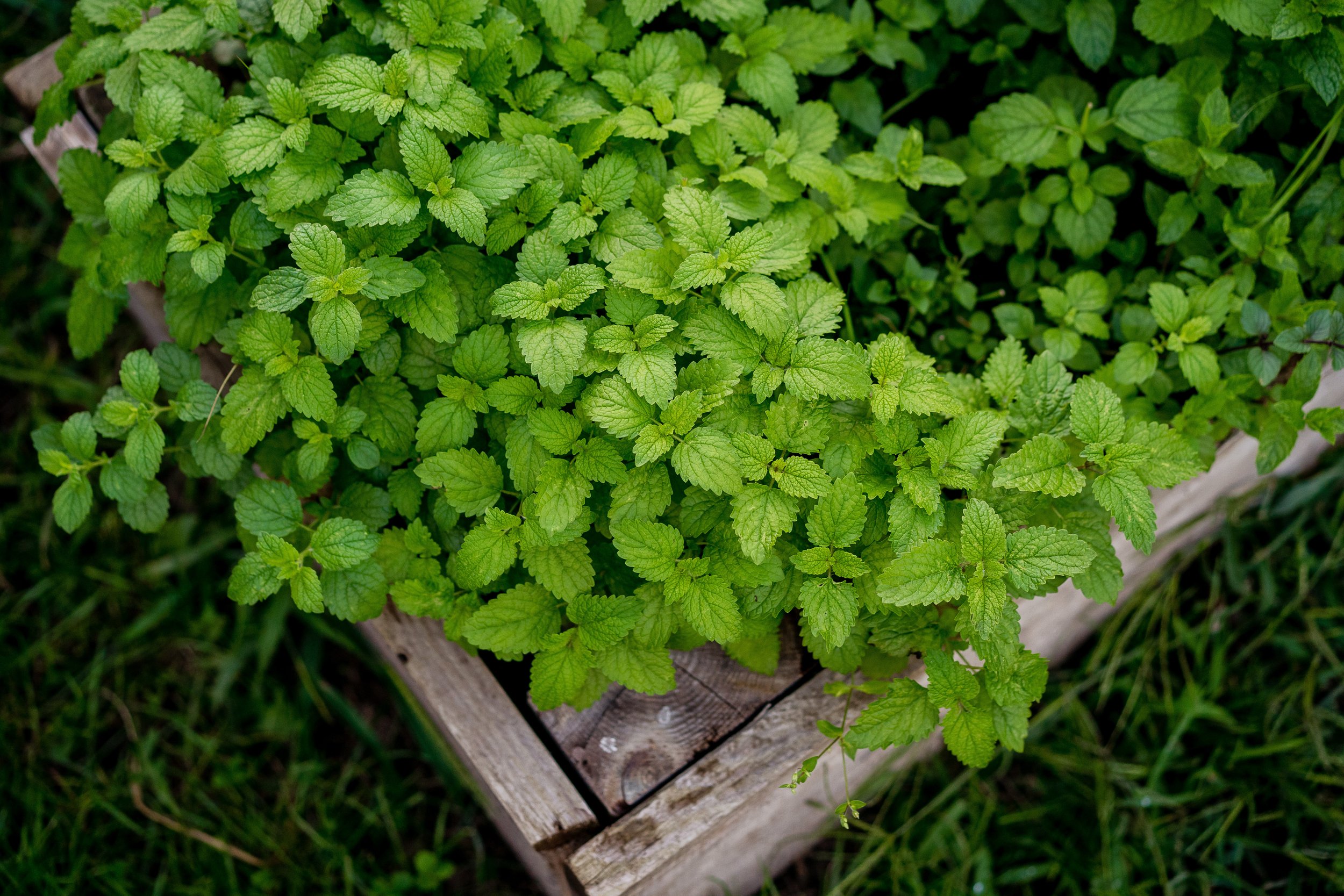
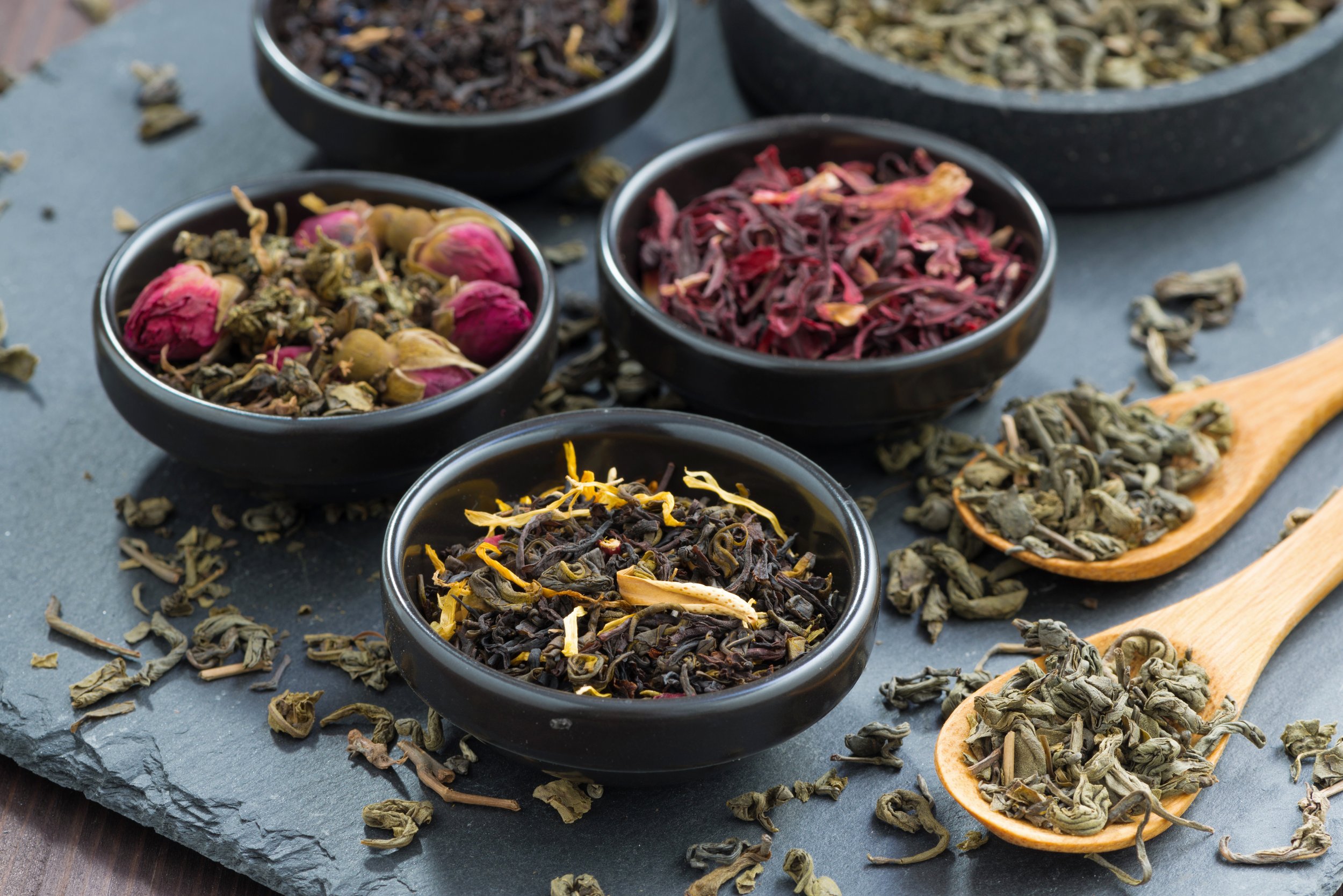
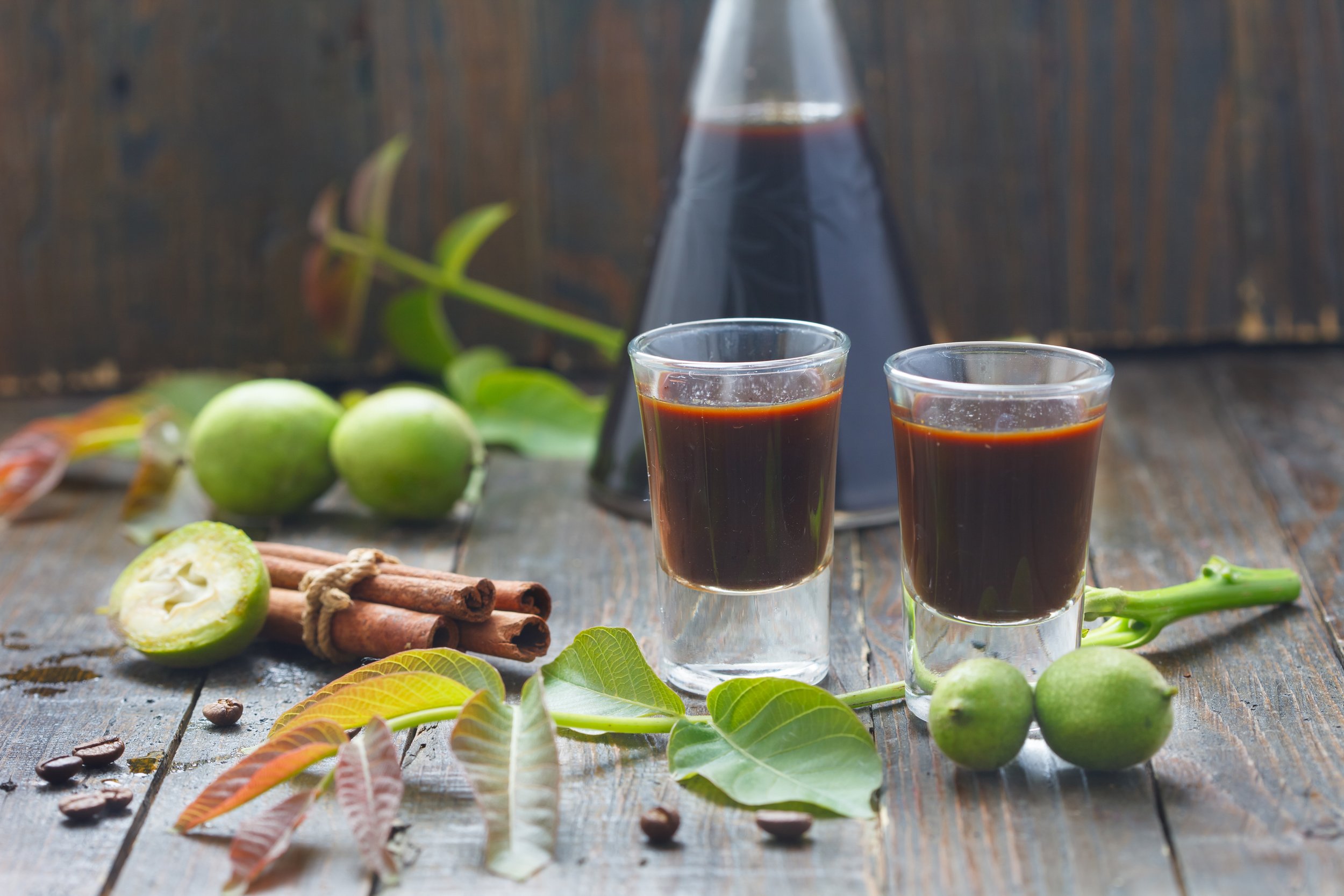
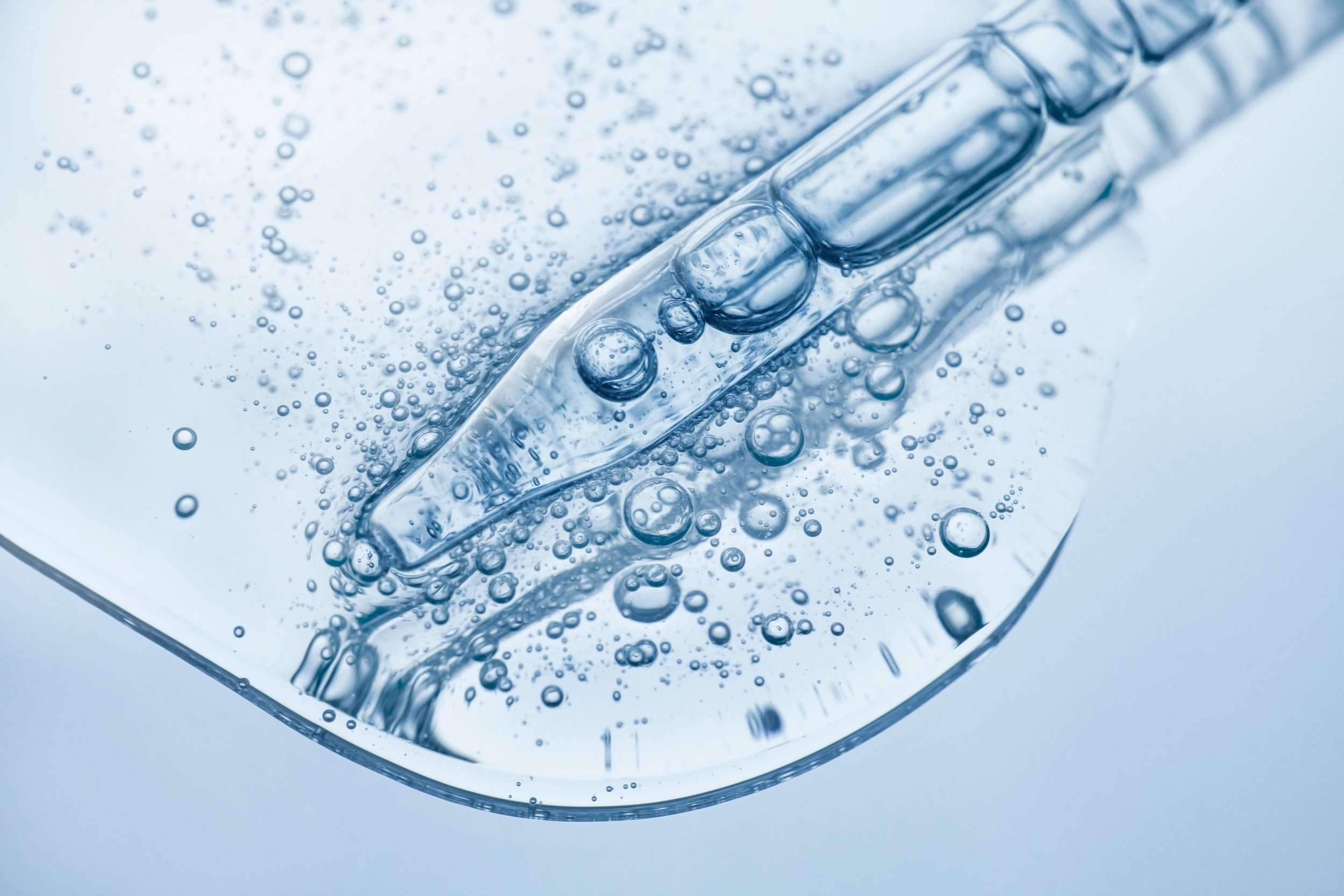
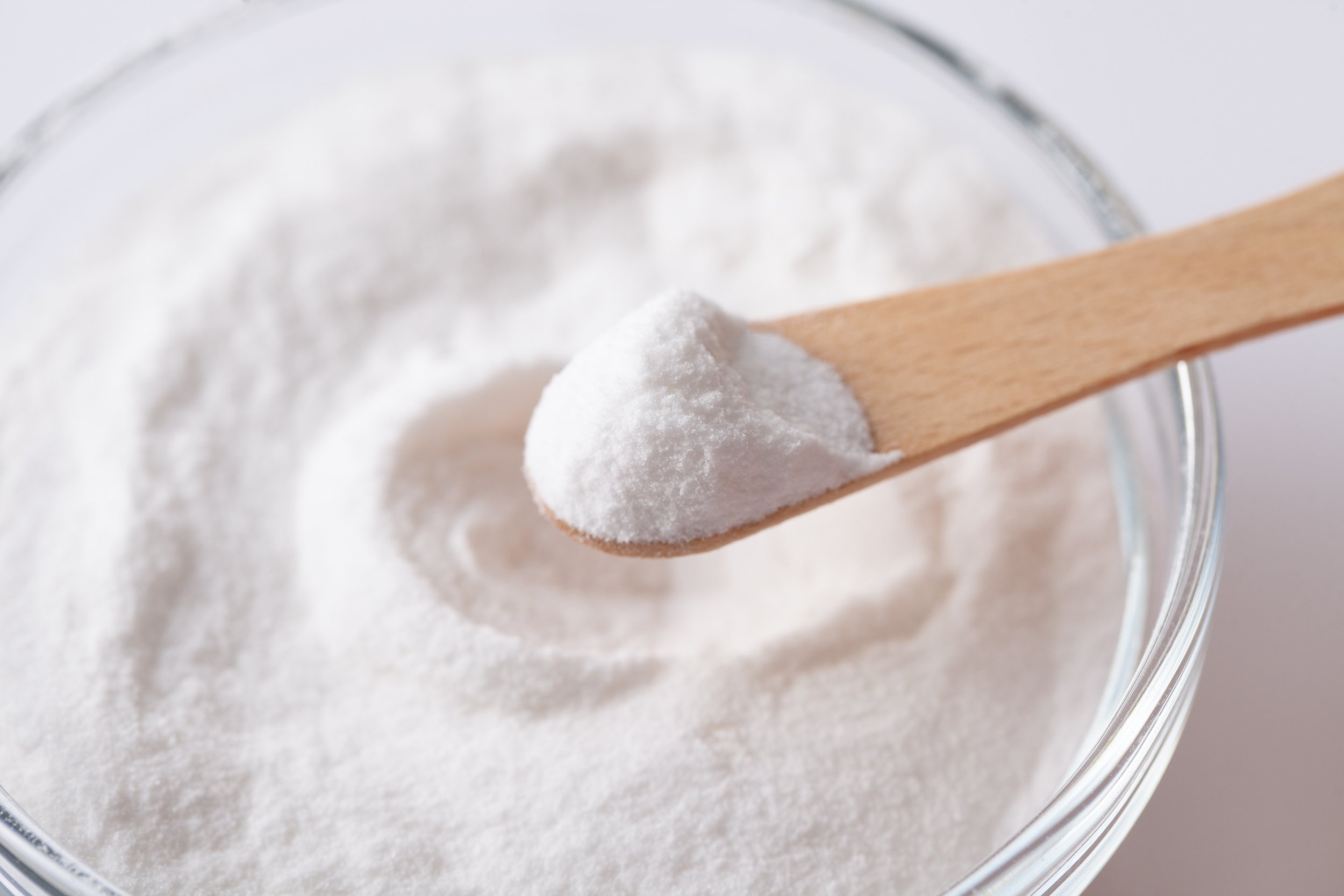
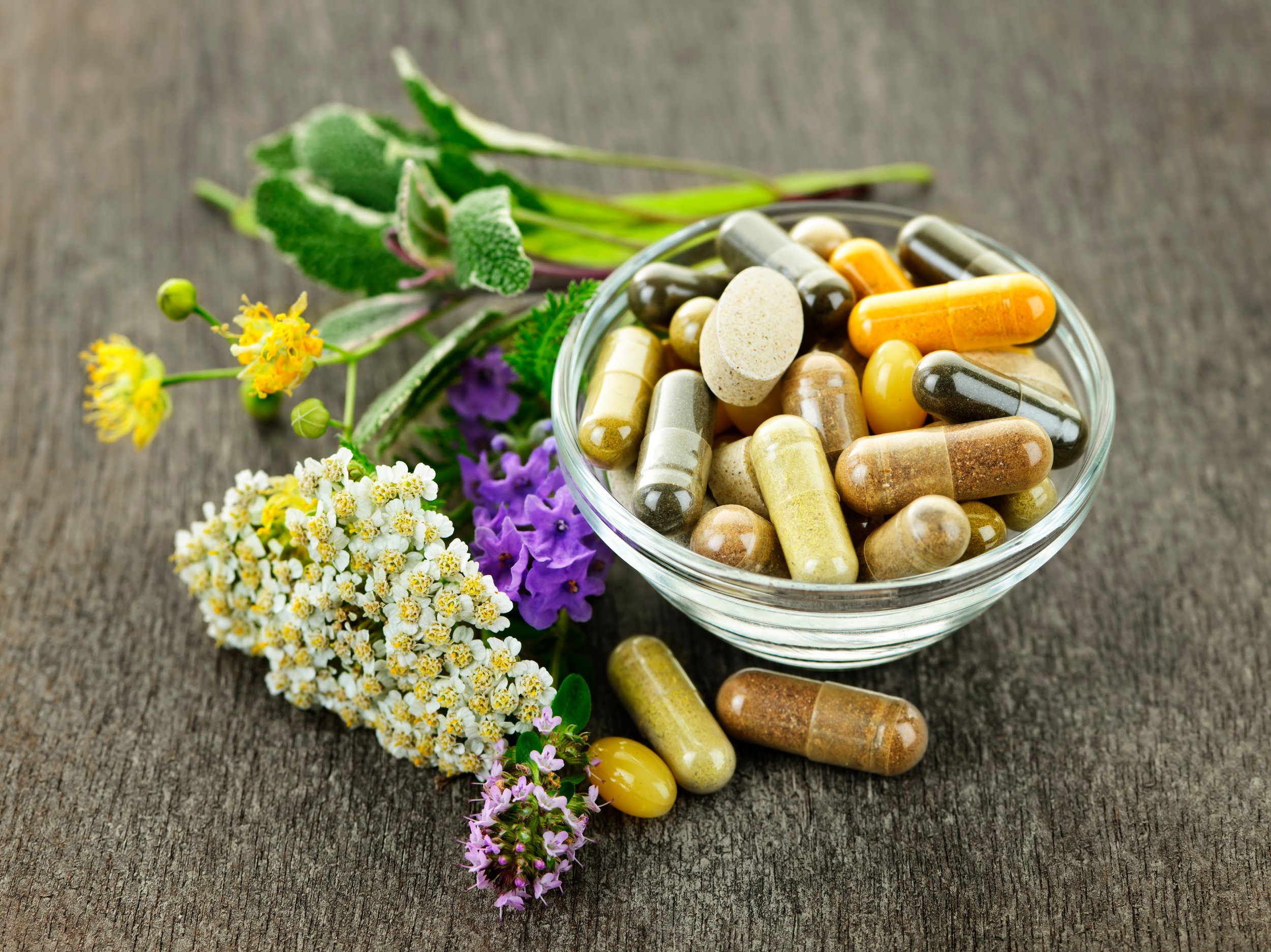
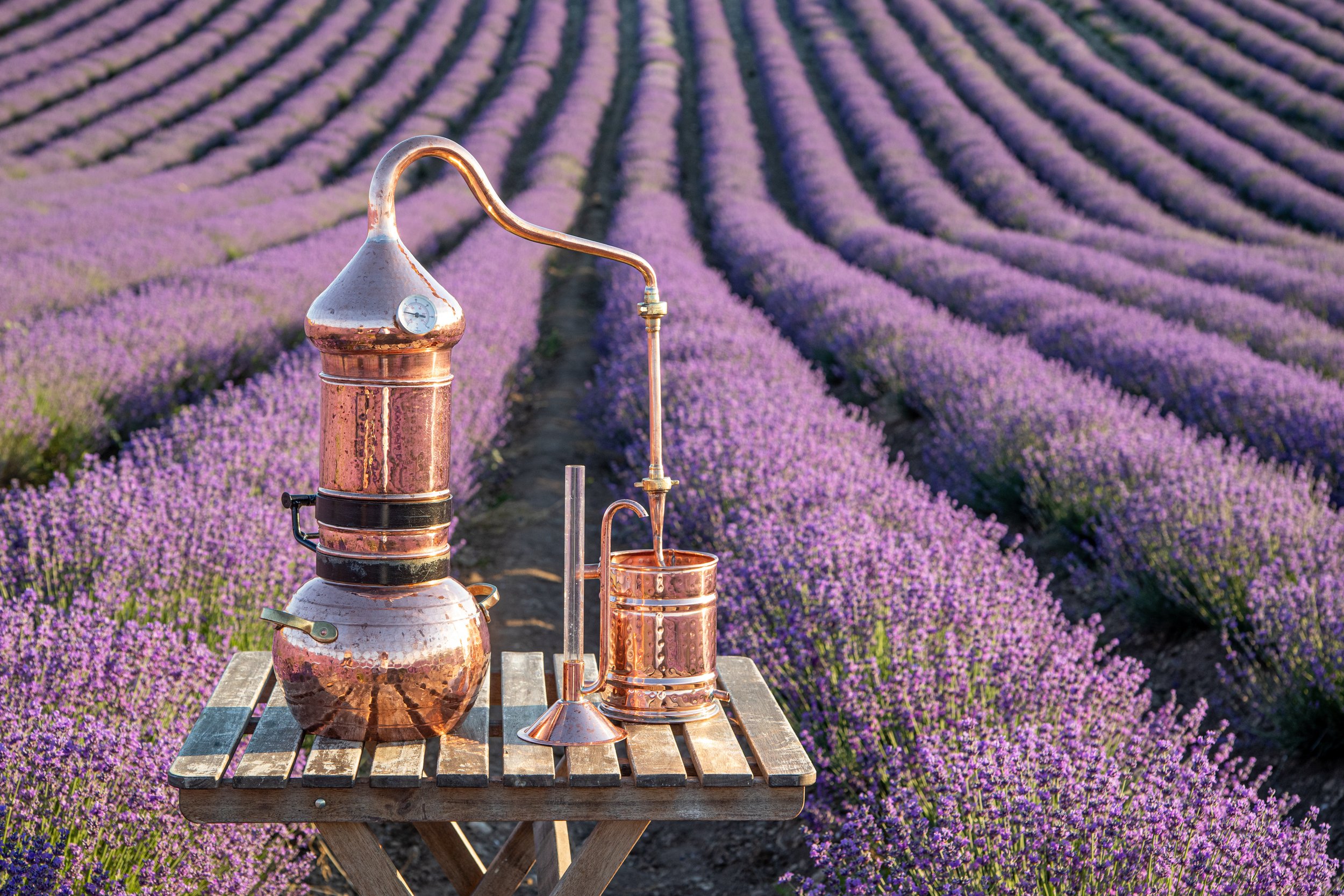
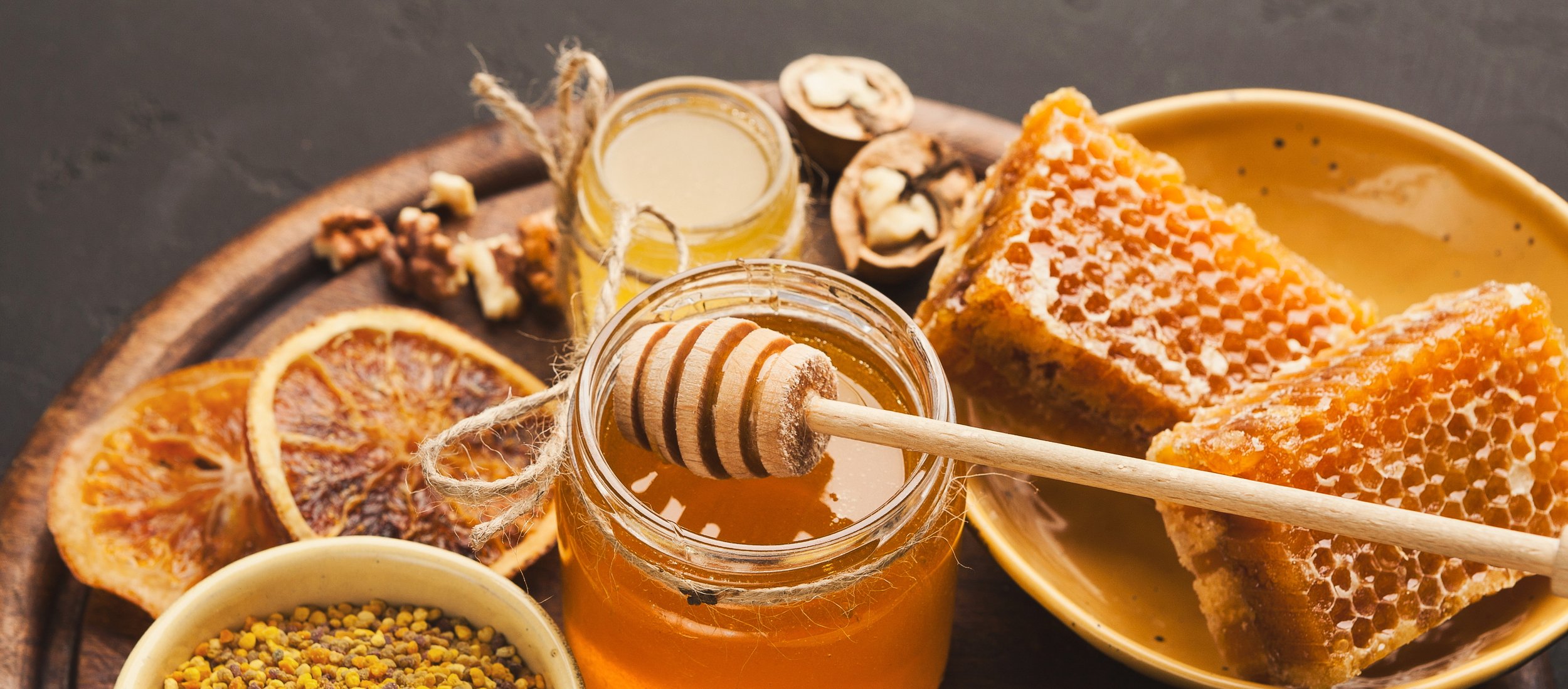
Hello and welcome! I'm Eve, a Chemist turned Herbalist, sharing the wonders of plant medicine and botanical skincare. Join me on this journey to Learn, Create, and Align your Divine!